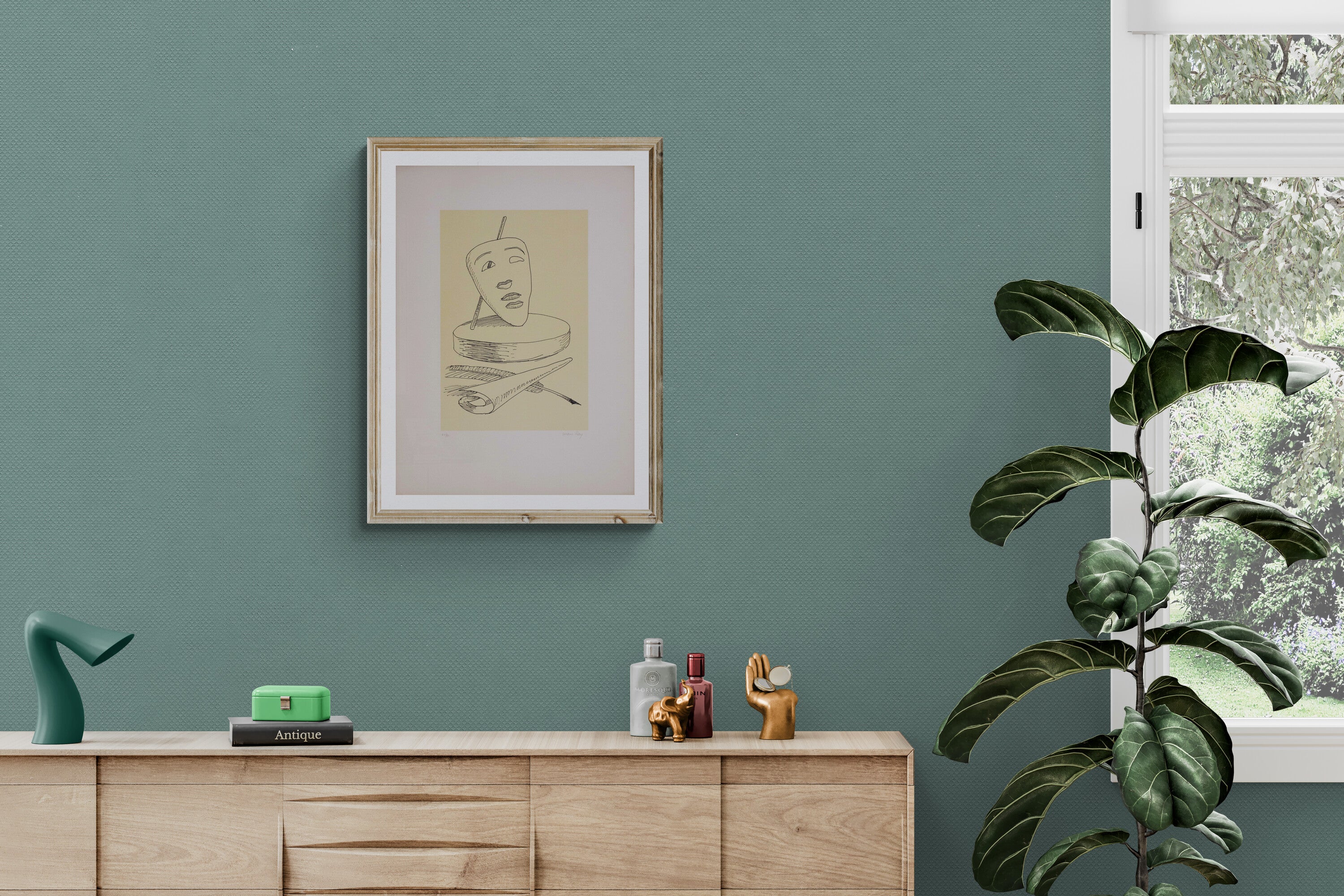Paul Wunderlich biography

Paul Wunderlich, born March 10, 1927 in Eberswalde, Germany, was one of the most influential German artists of the 20th century, famous for his surrealist works and erotic sculptures. His artistic career began in 1947 when he began studying at the Landeskunstschule in Hamburg, specializing in graphics under the guidance of Willi Titze . This formative period, which lasted until 1951, marked the beginning of his long and fruitful journey in the world of art.
After finishing his studies, Paul Wunderlich became a teacher of graphic techniques at the same school, a role he held from 1951 to 1960. During this time, he dedicated himself to teaching engraving and lithography, showing a precocious talent and a deep understanding of these techniques. In 1960, Paul Wunderlich temporarily left Germany to live and work in Paris, a city that would profoundly influence his artistic style.
His return to Hamburg in 1963 marked a turning point in his career: he was appointed professor at the
Paul Wunderlich's work during the 1950s was highly figurative, often depicting themes from contemporary German history. As his style evolves, a strong erotic element emerges, treated with a surrealist approach. His art, which blends contemporary and classical influences, draws on mythology and places a strong emphasis on the human figure.
Since the 1970s, Paul Wunderlich has focused primarily on sculpture, although he continues to produce important graphic works such as engravings and lithographs. His work, rich in references to historical and mythological scenes, is characterized by sexual images and fantastic forms. His works are exhibited internationally in important galleries and museums, such as the MoMA in New York, the Bibliothèque Nationale in Paris and the British Museum in London , testifying to his vast influence and recognition.
His artistic production, which ranges from painting to sculpture, is characterized by its continuous evolution and experimentation. Considered the most important exponent of Magical Realism, his artistic legacy endures well beyond his death on June 6, 2010 in Saint-Pierre-de-Vassols, France.
Through a unique and innovative, Paul Wunderlich left an indelible mark on the world art scene, contributing significantly to the art of the 20th century. His work continues to inspire and fascinate, testifying to his mastery and artistic vision.




: invalid url input -->)